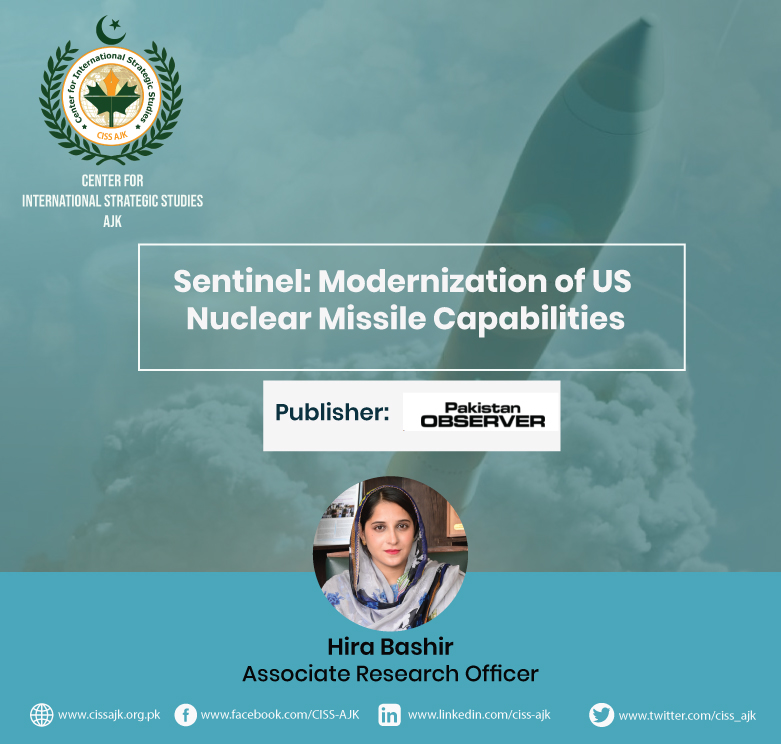THE US Air Force is embarking on a significant overhaul of its nuclear missile capabilities with the introduction of the Sentinel, a new intercontinental ballistic missile (ICBM) system. This modernization represents the largest cultural shift in the land leg of the Air Force’s nuclear missile mission in six decades, replacing the Cold War-era Minuteman missiles.
The current control stations of America’s ICBMs are reminiscent of 1980s technology, with outdated computing panels and antiquated design. These stations are set for demolition, making way for the Sentinel, which embodies a shift towards advanced technology, including complex software and 21st-century connectivity.
This transition, however, is not without its challenges. One of the primary concerns is the increased vulnerability to cyberattacks. The Sentinel’s software-intensive nature and its reliance on a vast network may expose it to new threats, which requires robust cybersecurity measures.
This transition, however, is not without its challenges. One of the primary concerns is the increased vulnerability to cyberattacks. The Sentinel’s software-intensive nature and its reliance on a vast network may expose it to new threats, which requires robust cybersecurity measures.
Maintaining the current Minuteman III missiles often requires manual, analog methods, especially in extreme weather conditions experienced in states like Montana. The introduction of the Sentinel might streamline some maintenance processes but also raises concerns about the system’s resilience in harsh environmental conditions.
Despite technological advancements, the human element remains a critical aspect of missile launch operations. The decision to activate a launch, if ever needed, will still rely on teams of missileers, underscoring the continued importance of human judgment in the operation of these sophisticated systems.
The modernization of America’s nuclear missile capabilities with the Sentinel system marks a significant transition from the era of the Minuteman missiles. While it brings advancements in technology and efficiency, it also introduces new challenges and implications, particularly in cybersecurity and maintenance. Furthermore, this development could have broader geopolitical implications, especially in regions like South Asia, where nuclear deterrence remains a key aspect of security strategy. The Sentinel program thus represents not only a technological leap but also a complex interplay of global strategic considerations.
—The writer is a research associate at CISS AJK working on emerging technologies, nuclear politics and new trends in warfare.
Email: hirakhan5090@gmail.com
views expressed are writer’s own.

